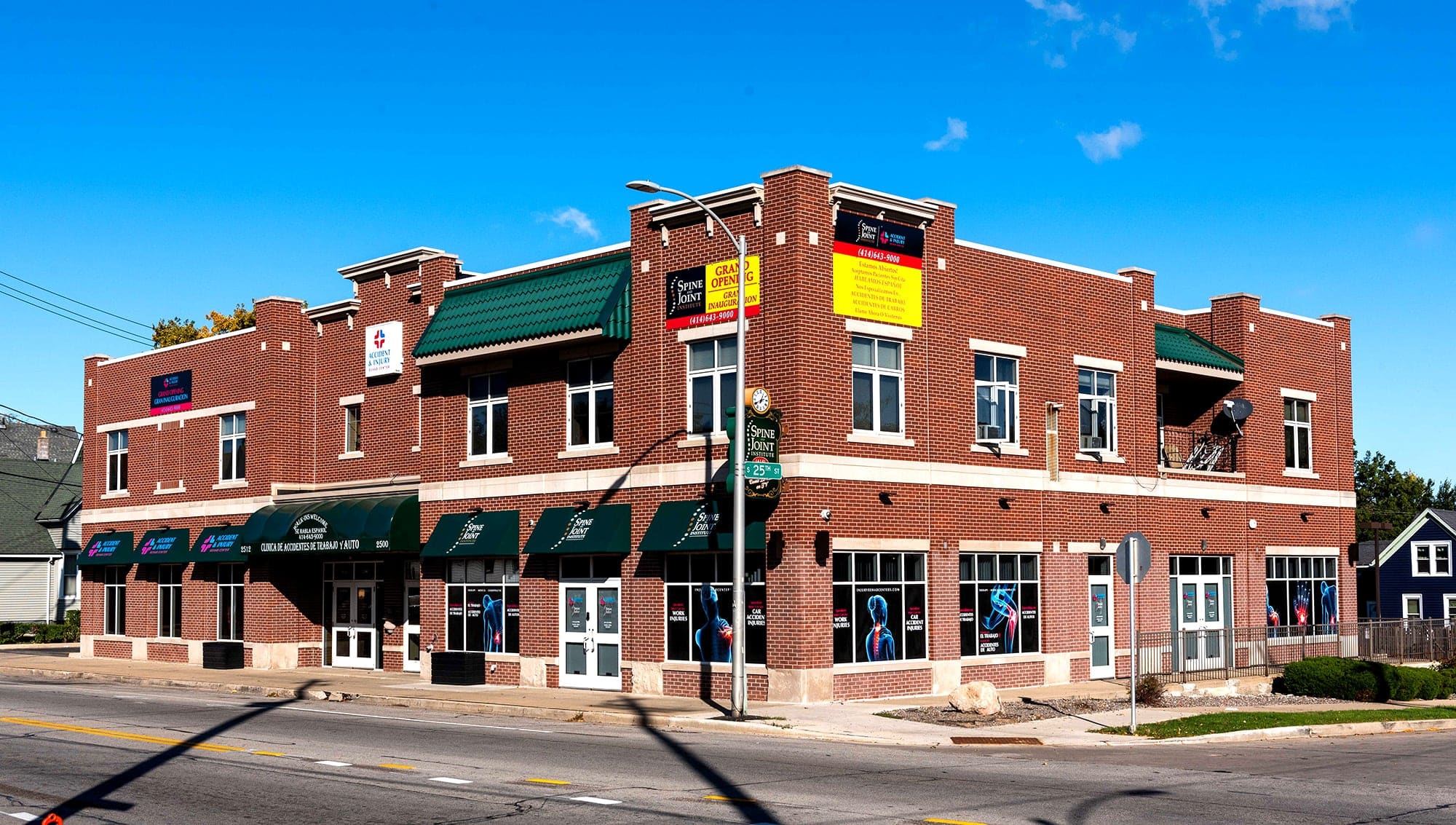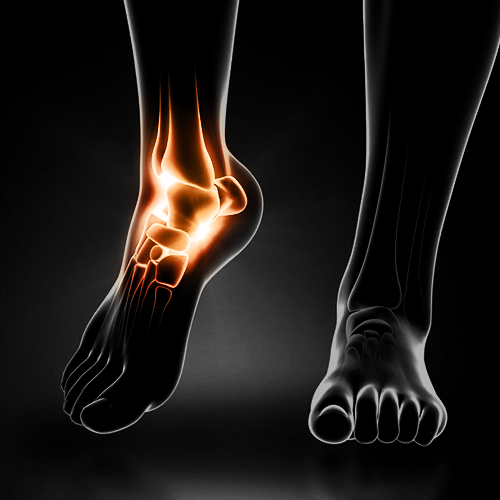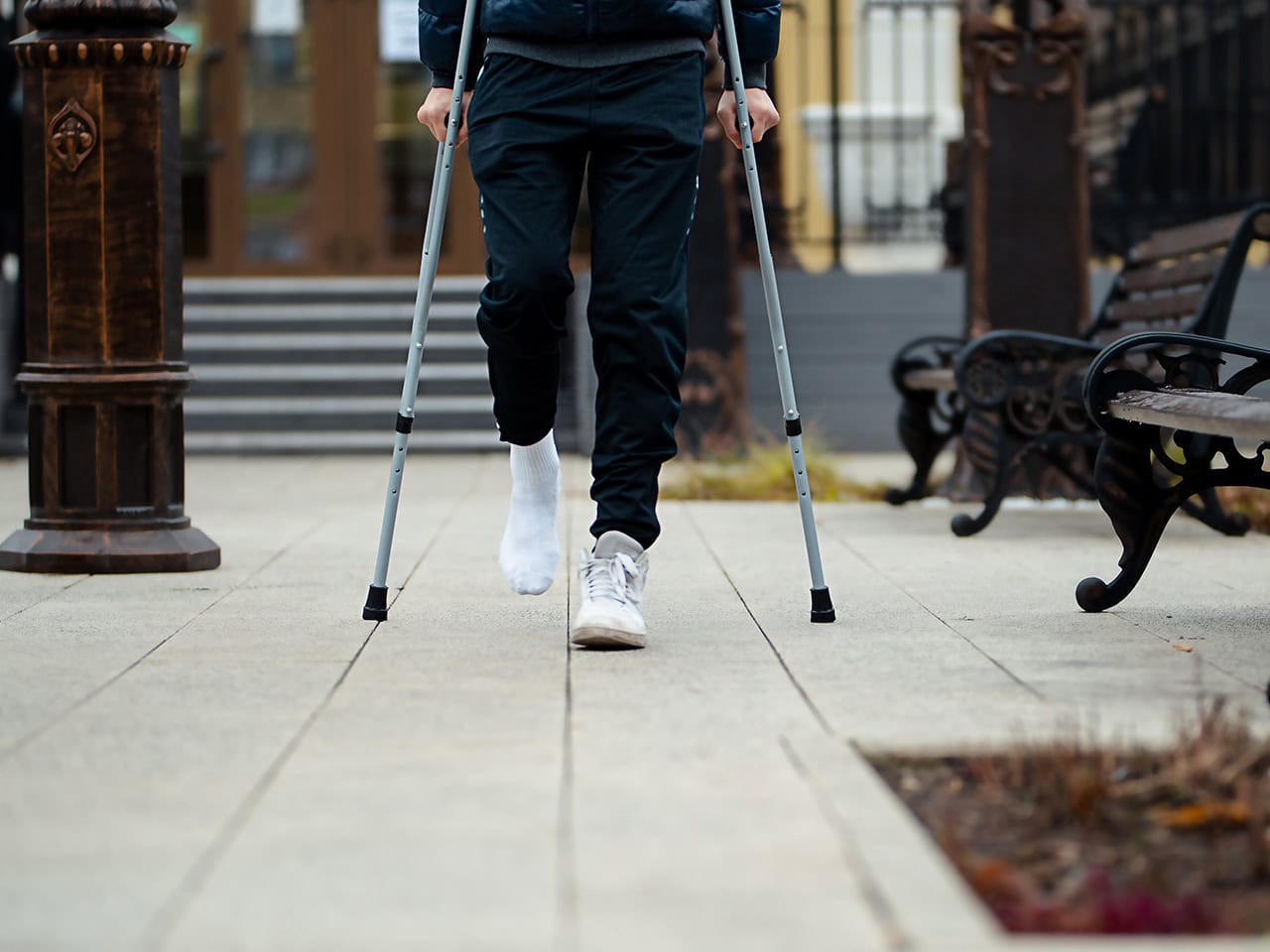
Ankle injuries are a common physical setback and can affect anyone, particularly in cases where accidents occur due to negligence. Whether you’ve twisted your ankle in a slip and fall at a poorly maintained facility, tripped over an obstruction in a public space, or sustained an injury due to someone else’s carelessness, it’s crucial to understand how to treat and recover from an ankle injury properly. Accidents caused by negligence can lead to more serious or prolonged issues if not addressed promptly and correctly. Knowing how to care for your injury and follow the proper recovery protocols is essential for successful rehabilitation and preventing future complications.
At Accident & Injury Rehab Center, we provide comprehensive care for ankle injuries resulting from accidents. Our team is committed to helping you heal efficiently, regain strength, and return to your daily activities with minimal disruption. We understand the unique challenges of recovering from an injury caused by negligence, and we’re here to support you throughout the healing process.
Ankle injuries, particularly sprains, can occur suddenly and result in immediate discomfort. A twist or misstep can lead to an ankle injury, whether participating in sports, walking, or simply going about your daily routine. The symptoms associated with ankle injuries typically include:
The severity of these symptoms varies depending upon the type and extent of the injury. If the ligament damage is mild, the symptoms may subside within a few days with proper rest and treatment. However, more severe injuries can lead to prolonged symptoms and require more intensive medical intervention.





Ankle injuries can happen for various reasons, but they often occur when the joint is subjected to excessive stress or an abnormal movement. Below are some of the most common causes of ankle injuries:
Car accidents can cause severe ankle injuries due to the sudden impact and rapid changes in motion. When a vehicle crashes, the force of the collision can cause the ankle to twist, bend, or even get trapped, leading to sprains, fractures, or ligament tears. Common scenarios include the driver or passenger’s foot being slammed against the car interior, or the ankle being forced into an unnatural position during a crash. In more serious accidents, the ankle can be compressed or subjected to high-impact forces that cause fractures or dislocations.
Ankle injuries in the workplace are often caused by slips, trips, or falls, particularly in environments where there are hazards like wet floors, uneven surfaces, or obstacles. In industries like construction, manufacturing, and warehousing, workers are at risk of twisting or rolling their ankles while navigating challenging terrain or lifting heavy objects. Sudden movements or falls from heights can also result in severe sprains, strains, or fractures. Long hours on hard surfaces or improper footwear can lead to overuse injuries, where repeated stress on the ankle weakens ligaments, making the joint more prone to injury.
Slip and fall accidents are one of the leading causes of ankle injuries. Whether occurring in the home, on public sidewalks, or at a business, slipping on a wet surface or tripping over an obstacle can result in the ankle twisting in an unnatural way. The sudden impact can stretch or tear ligaments, leading to sprains or fractures. The force of a fall can also cause the ankle to roll, resulting in severe damage to the joint. In these types of accidents, the ankle is often subjected to excessive stress in a way that the body wasn’t prepared for, leading to painful and sometimes long-term injuries.
With over 5 decades of collective experience, our staff brings a wealth of wisdom and insight to your injury treatment and medical documentation that supports your legal claim. Our experience and caring approach allows us to provide thorough treatment to address your injuries and get you on the road to recovery.
Double Board Certified Chiropractic Neurologist and Chiropractic Internist
Doctor of Physical Therapy
Chiropractic and Radiological Technician
Ankle injuries, especially sprains, can vary in severity. Understanding the grading system helps determine the appropriate treatment approach. Ankle sprains are classified into three grades based on the degree of ligament damage:
This type involves slight stretching or microscopic tears in the ligaments. Swelling and pain are usually mild, and the ankle can often bear weight, though discomfort may persist during activity. Most grade 1 sprains can be treated with rest, ice, and over-the-counter pain medications, and recovery typically takes a few days to a week.
This condition involves partial ligament tearing, which leads to more significant pain, swelling, and bruising. The ankle may feel unstable, and bearing weight can be difficult. Treatment often involves immobilization, physical therapy, and a more extended recovery period (several weeks). A brace or walking boot is sometimes required to provide support.
A grade 3 sprain represents a complete ligament tear, causing intense pain, significant swelling, and considerable instability in the ankle joint. This injury often requires more extensive treatment, such as physical therapy or surgery, to restore function. Recovery can take several weeks to months, and the risk of chronic instability is higher if not adequately addressed.
Prompt and proper treatment immediately after an ankle injury is essential for minimizing damage, reducing pain, and speeding up healing. The first few hours following an injury are critical as the body begins its natural inflammatory response. At Accident & Injury Rehab Center, we emphasize the importance of quickly following a structured treatment plan to maximize recovery.
The R.I.C.E. method—rest, ice, compression, and elevation—is widely recommended for managing an acute ankle injury. By applying these techniques immediately, you can significantly reduce the intensity of pain and swelling, setting the foundation for a quicker and more efficient recovery.
The first step in the recovery process is rest. Immediately after an ankle injury, avoid placing weight on the affected foot. This prevents further damage to the ligaments and tissues around the ankle. Continuing to walk or engage in physical activities can aggravate the injury and may even lead to more severe complications. Rest also allows your body to begin healing by reducing the load on the injured area. If walking or standing becomes difficult or painful, try using crutches or a brace to assist with mobility and reduce stress on the injured ankle. Rest can also help limit swelling, which can impede healing.
Ice is a powerful tool for reducing swelling and pain immediately following an ankle injury. Applying an ice pack (or even a bag of frozen peas wrapped in a towel) to the injured ankle will help reduce inflammation and numb the area, relieving pain. For best results, apply the ice for 15-20 minutes at a time, with a break of at least 1 hour between sessions. It's important not to place ice directly on the skin to avoid frostbite, so wrap the ice pack in a thin cloth or towel before applying it. Ice can be especially effective during the first 48 hours post-injury when swelling and bruising are most prominent.
Compression is another vital part of the initial treatment. An elastic bandage (such as an Ace bandage) should be applied to the injured ankle to help reduce swelling and stabilize the joint. It works by preventing excess fluid from accumulating around the injury site and providing gentle support to the ankle. However, be careful not to wrap the bandage too tightly, which could restrict blood flow and cause additional damage. The bandage should be snug but not painful. If you experience increased pain or numbness, loosen the bandage immediately. Compression helps to stabilize the ankle, reducing movement that could worsen the injury.
Elevation of the injured ankle is key to reducing swelling. Raising the foot above heart level promotes proper circulation, which drains fluid away from the injured area. This helps reduce the pressure on the tissues around the ankle and encourages a quicker reduction in swelling. A simple way to elevate your ankle is by lying down and propping it up with pillows or cushions, ensuring that your foot is higher than your heart. Keeping the ankle elevated whenever possible during the first 48 hours of the injury will significantly improve recovery time.
While the R.I.C.E. method is effective for many minor to moderate injuries, more severe ankle injuries may require additional medical attention. In cases where there is significant swelling, pain, or suspected ligament tears, our healthcare professionals may use other measures to help ensure proper healing, including:
For more severe sprains or tears, a brace or splint may be recommended to immobilize the ankle and provide additional support while the ligaments and soft tissues heal. These devices help reduce movement in the injured area and prevent further ligament strain.
If the injury is more complicated or the R.I.C.E. method does not alleviate symptoms, we may recommend advanced imaging techniques, such as an X-ray or MRI, to rule out fractures or more severe ligament damage.
In cases of grade 3 sprains, where ligaments are completely torn, surgery may be necessary to repair or reattach the damaged ligaments. Experienced orthopedic surgeons can provide thorough evaluations and discuss your surgical and non-surgical treatment options.


Once the initial swelling and pain have been managed, physical therapy becomes essential to recovery. At Accident & Injury Rehab Center, we tailor a rehabilitation program to help you regain strength, flexibility, and function in your ankle. Physical therapy ensures that the ligaments and muscles surrounding the ankle are properly rehabilitated, reducing the risk of future injuries. Our physical therapy programs focus on:
Physical therapy aims to heal the injury, restore full function, and prevent long-term issues, such as the recurrence of sprains or chronic ankle instability.
Once the swelling and pain begin to subside, focusing on strengthening the ankle is crucial as part of the recovery process. We offer a variety of therapeutic exercises that will gradually help restore strength, mobility, and flexibility to the injured ankle, allowing you to regain full function and reduce the risk of future injuries:
Accident & Injury Rehab Center is dedicated to providing comprehensive care for ankle injuries, guiding you through every phase of recovery—from initial treatment to rehabilitation. Our goal is to help you heal fully, regain your strength, and return to your normal activities, whether that’s work, daily routines, or sports.
Submit a form online or call our office at (414) 643-9000 to schedule an appointment and begin your recovery journey today.
